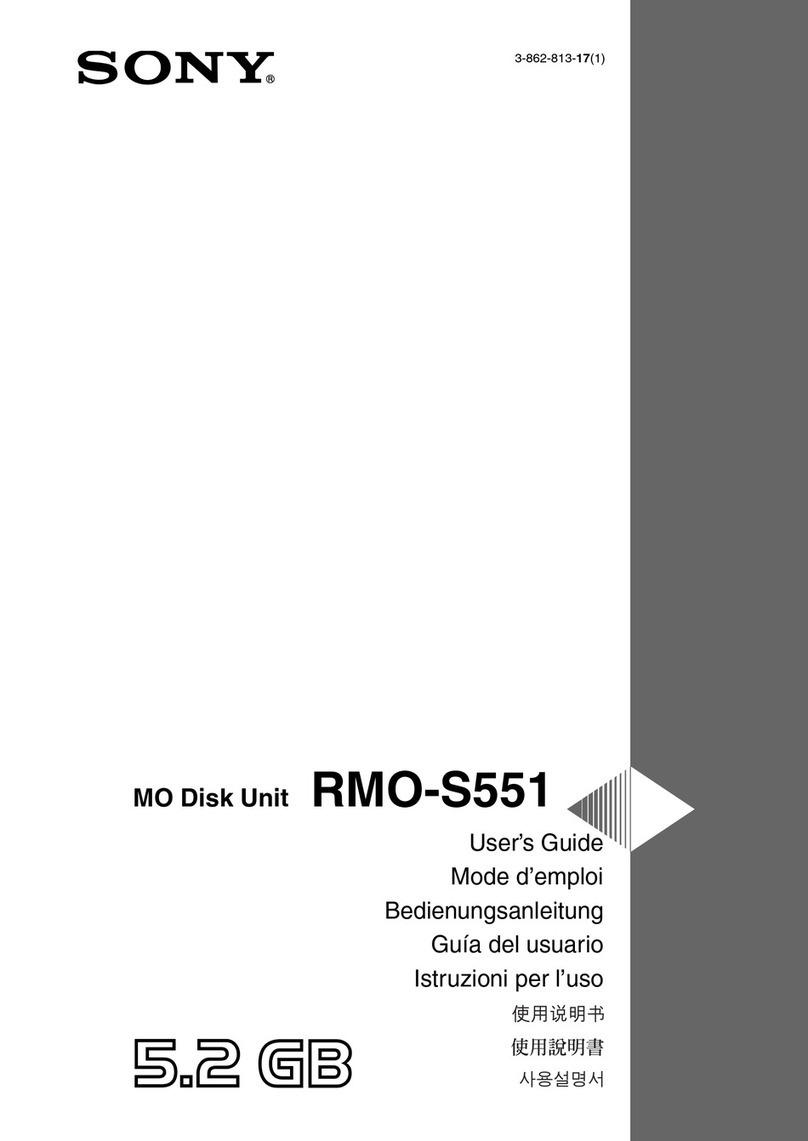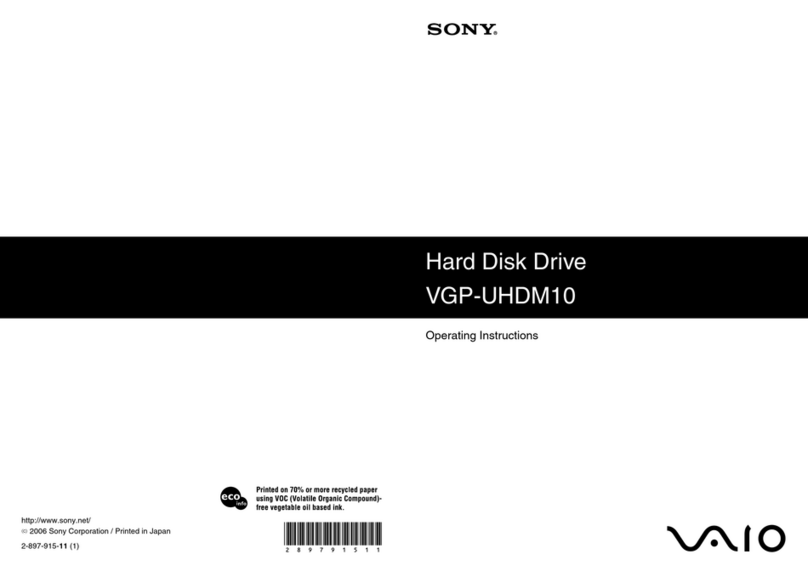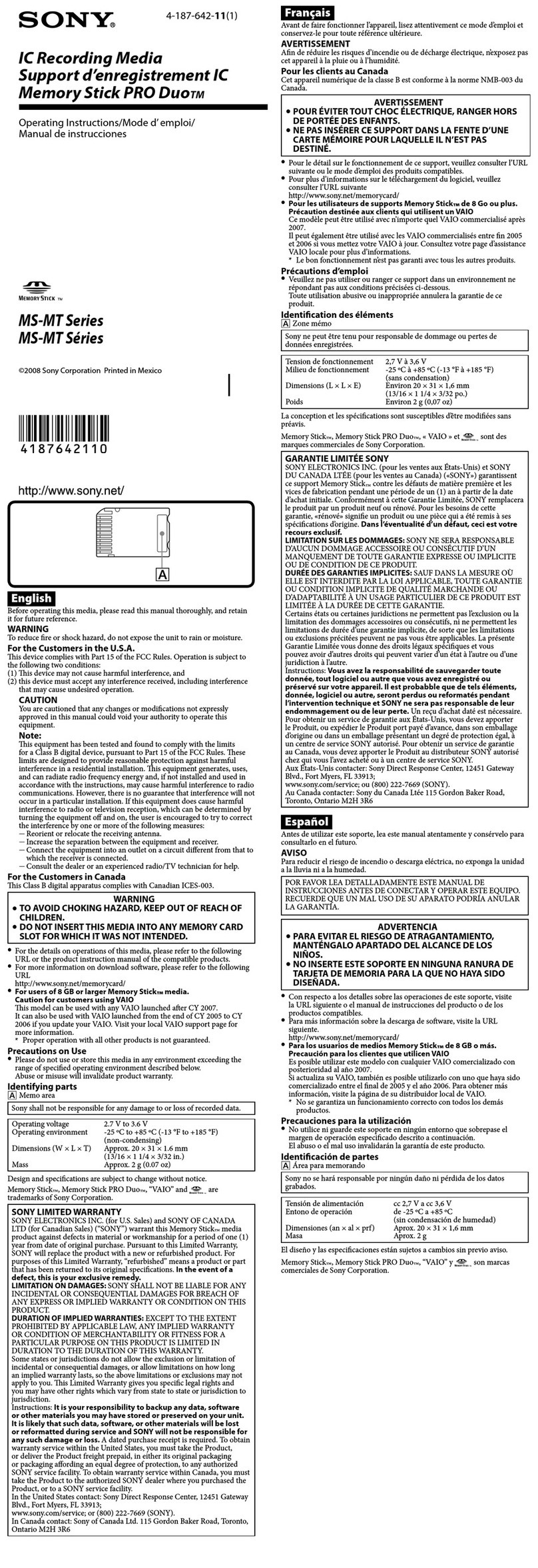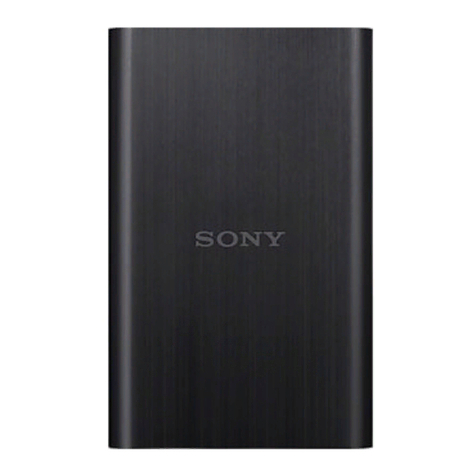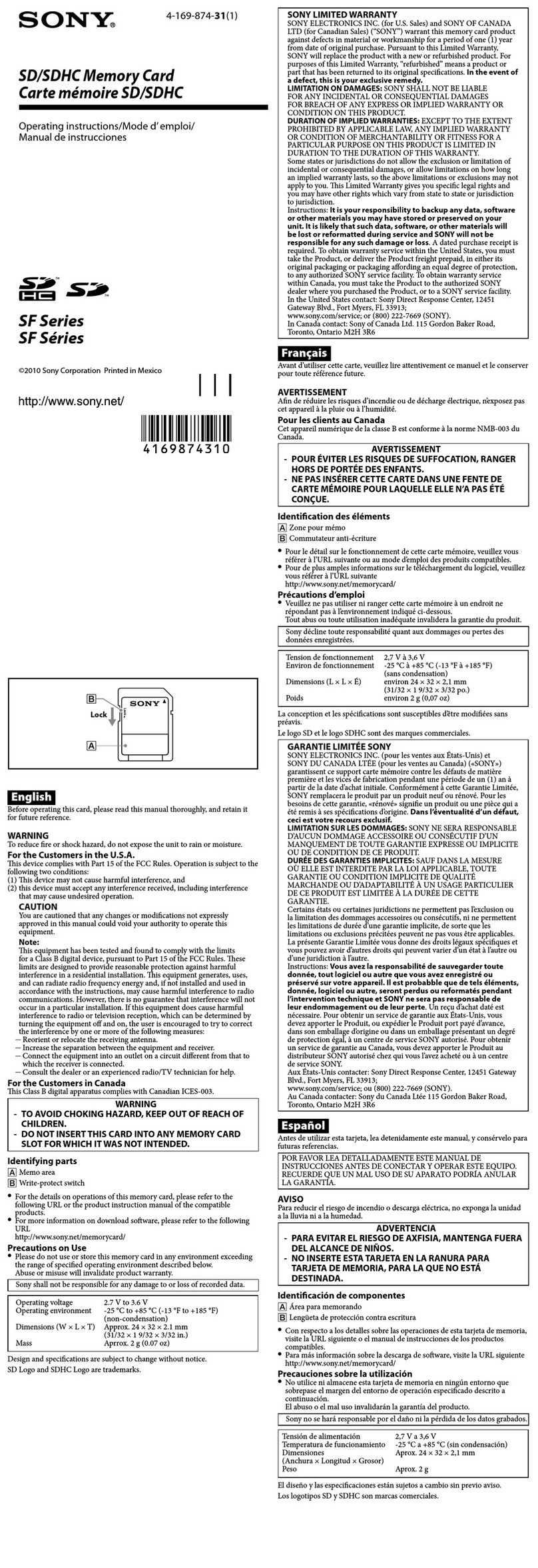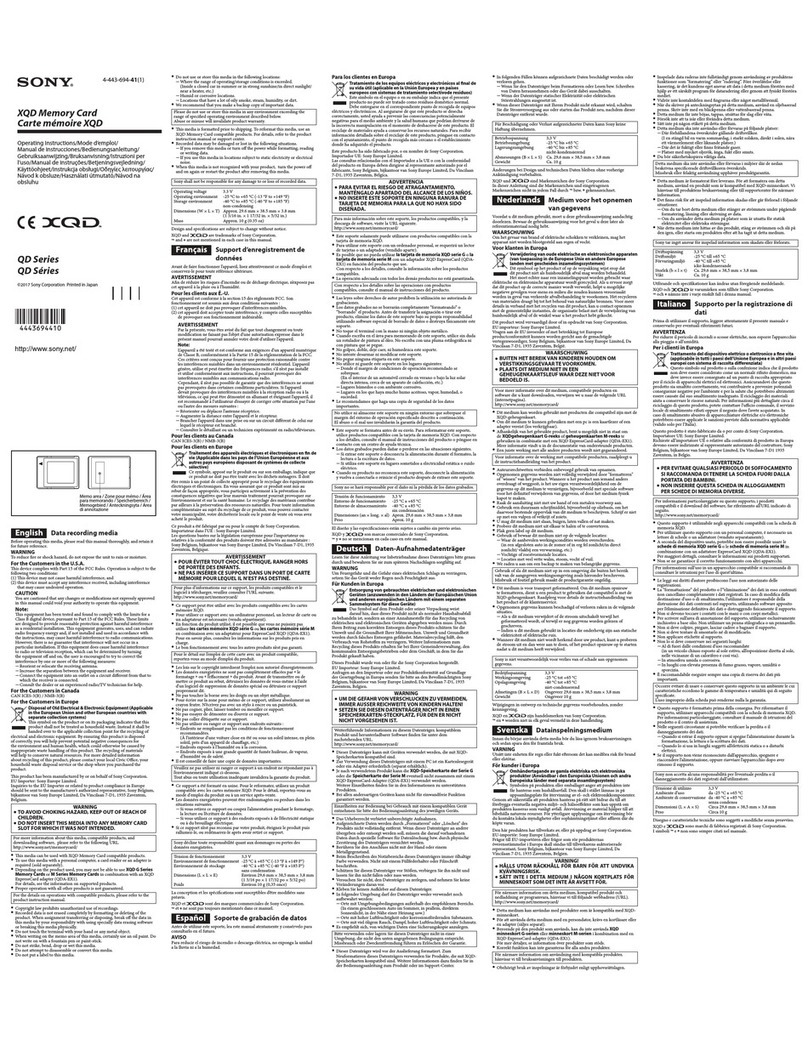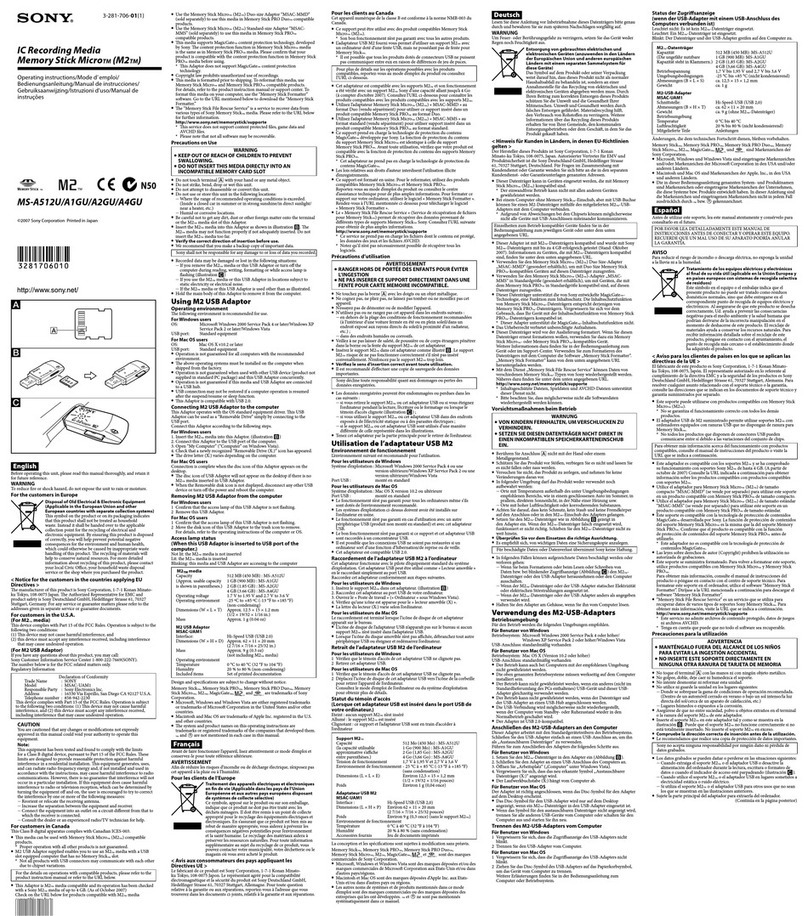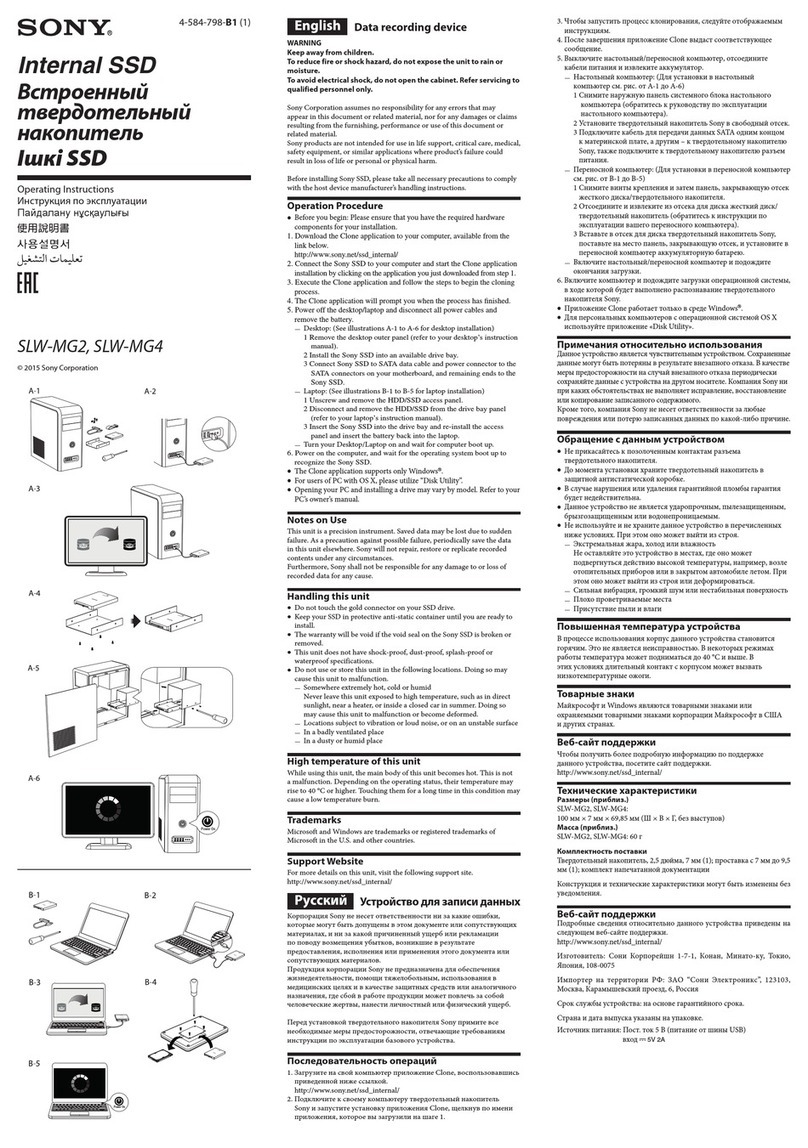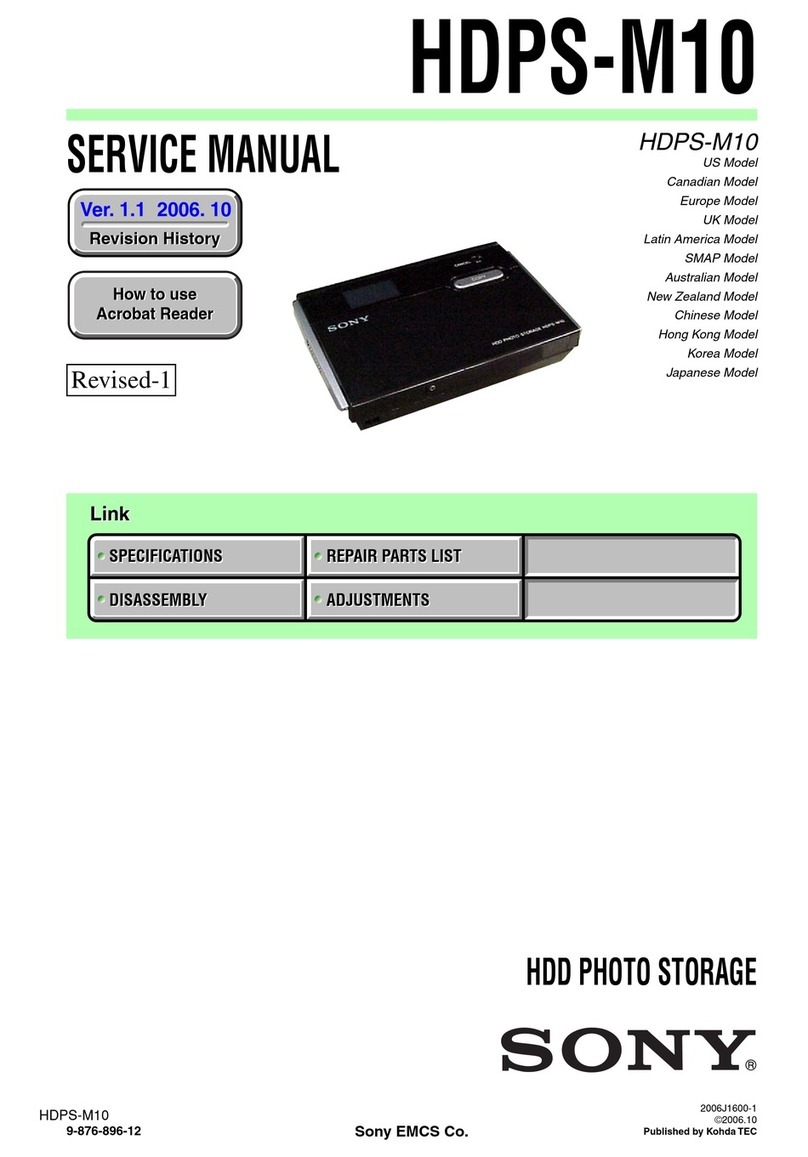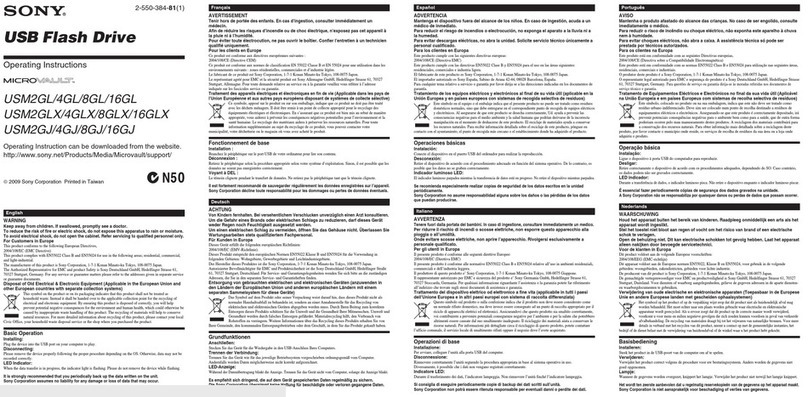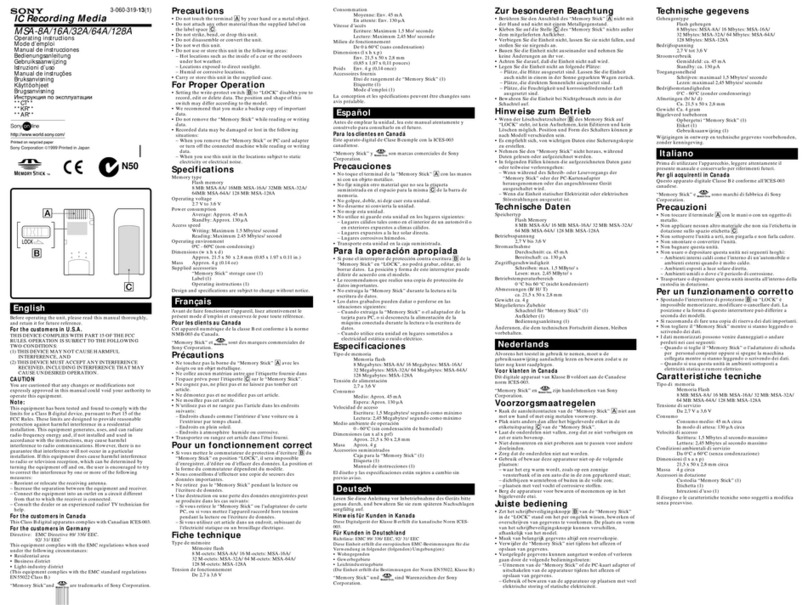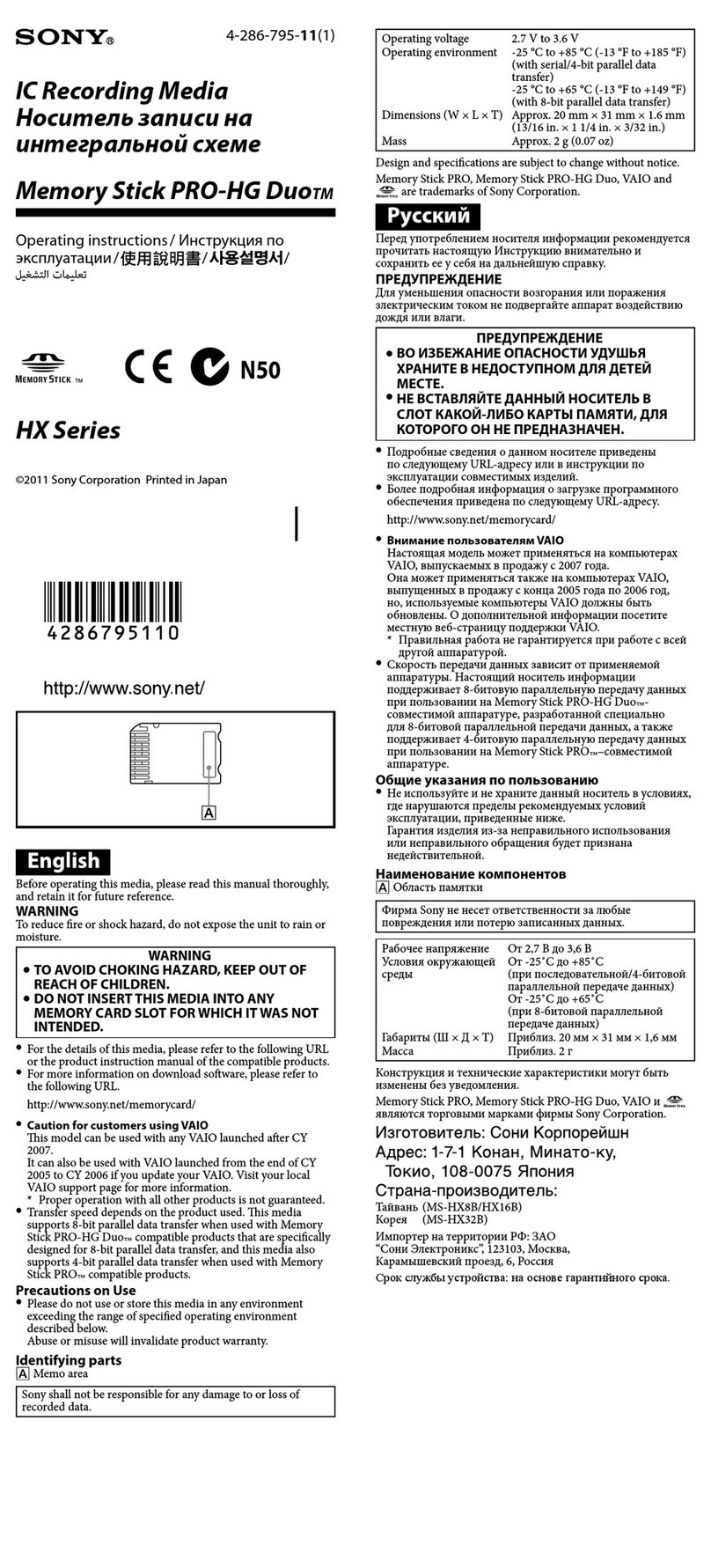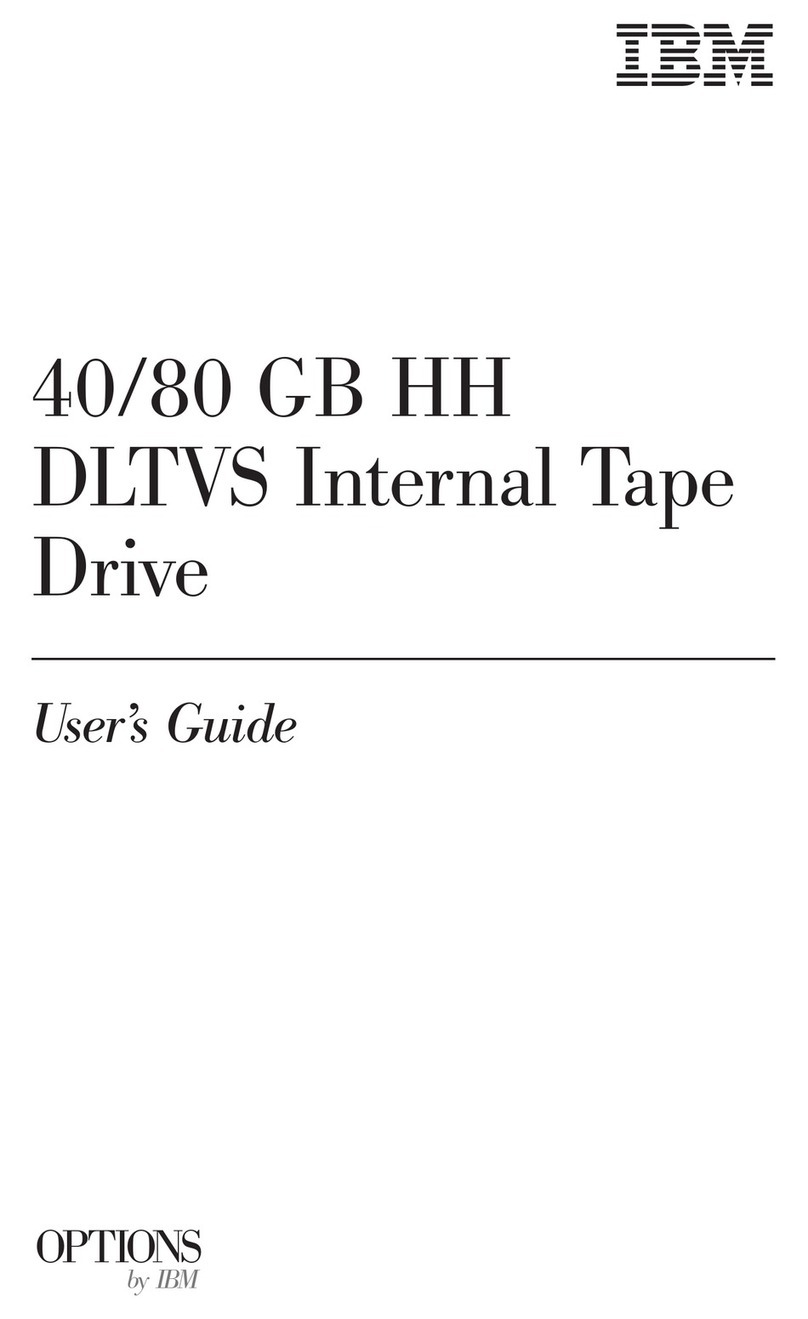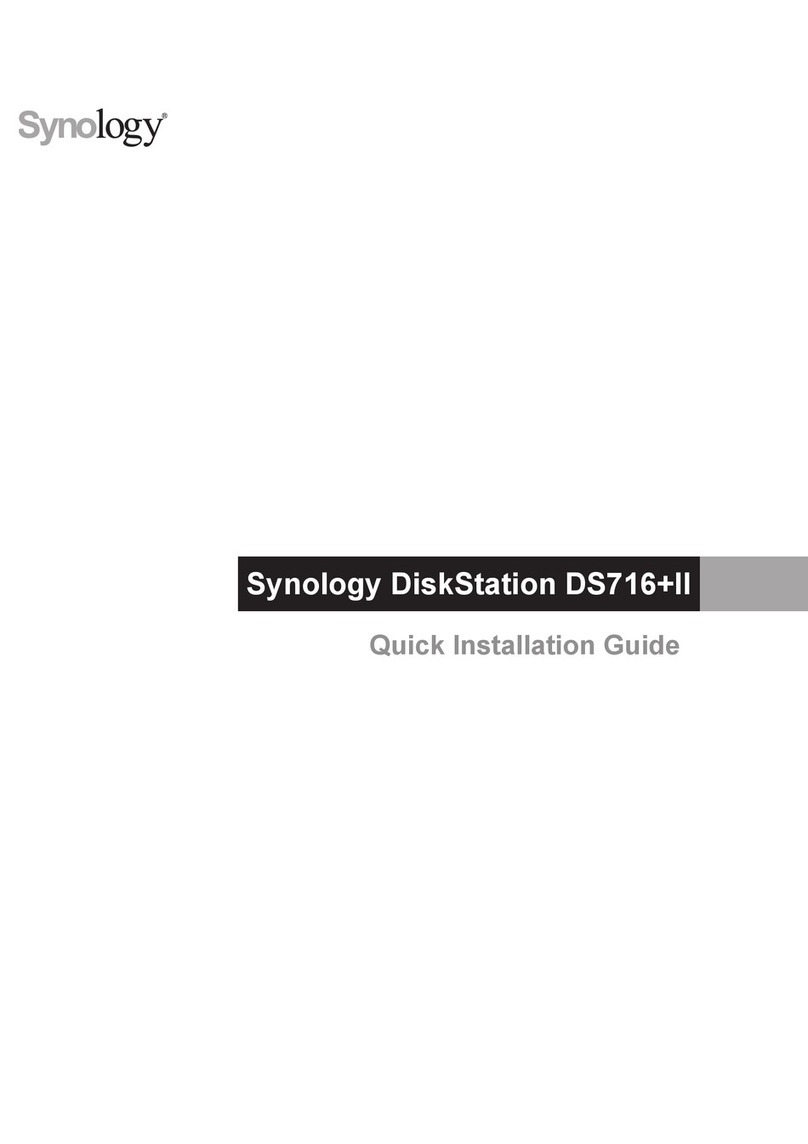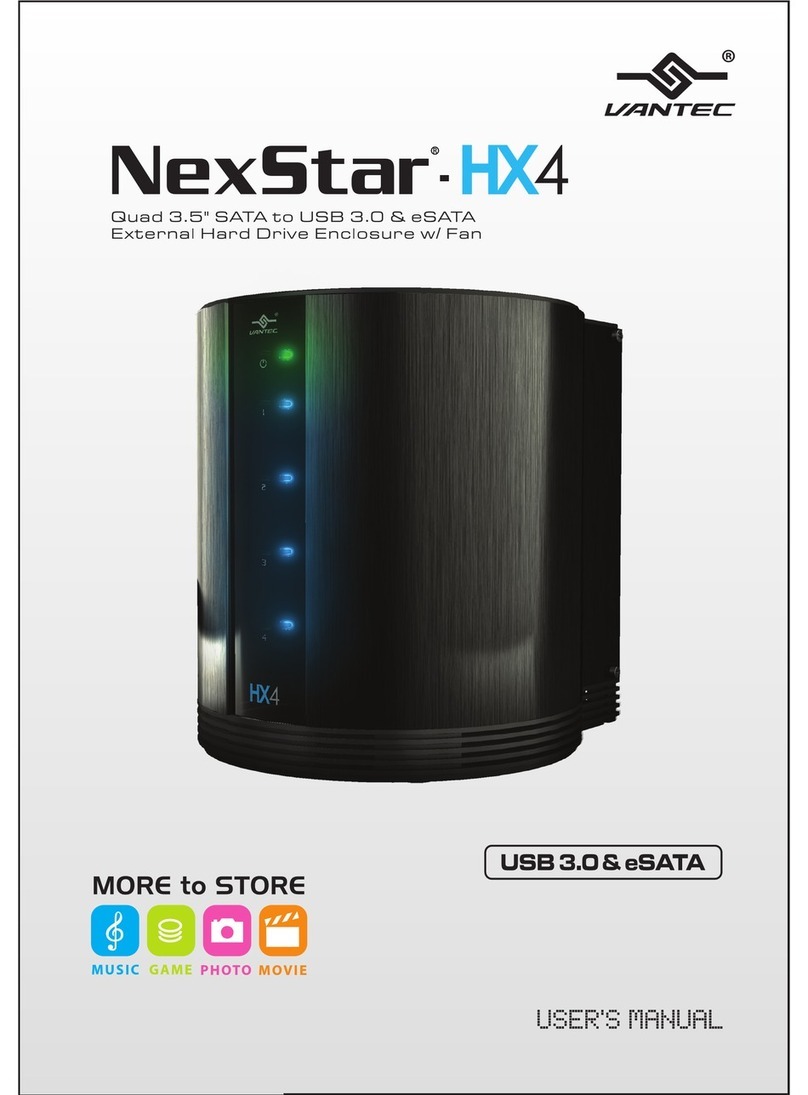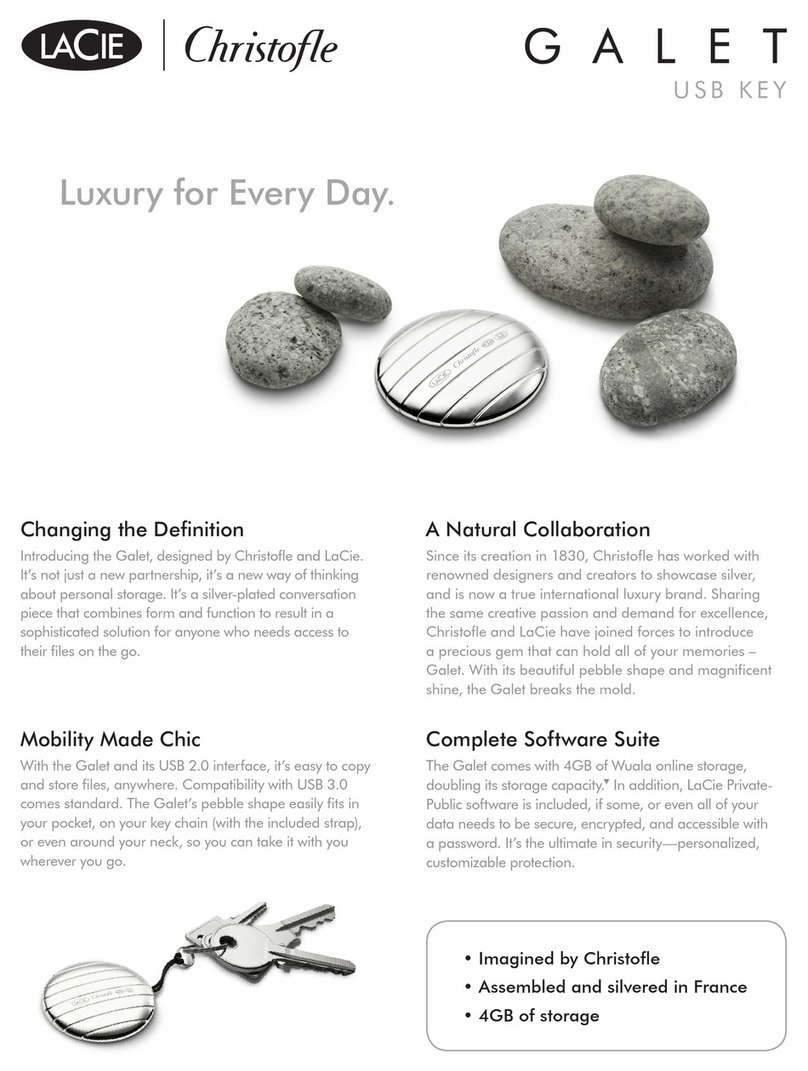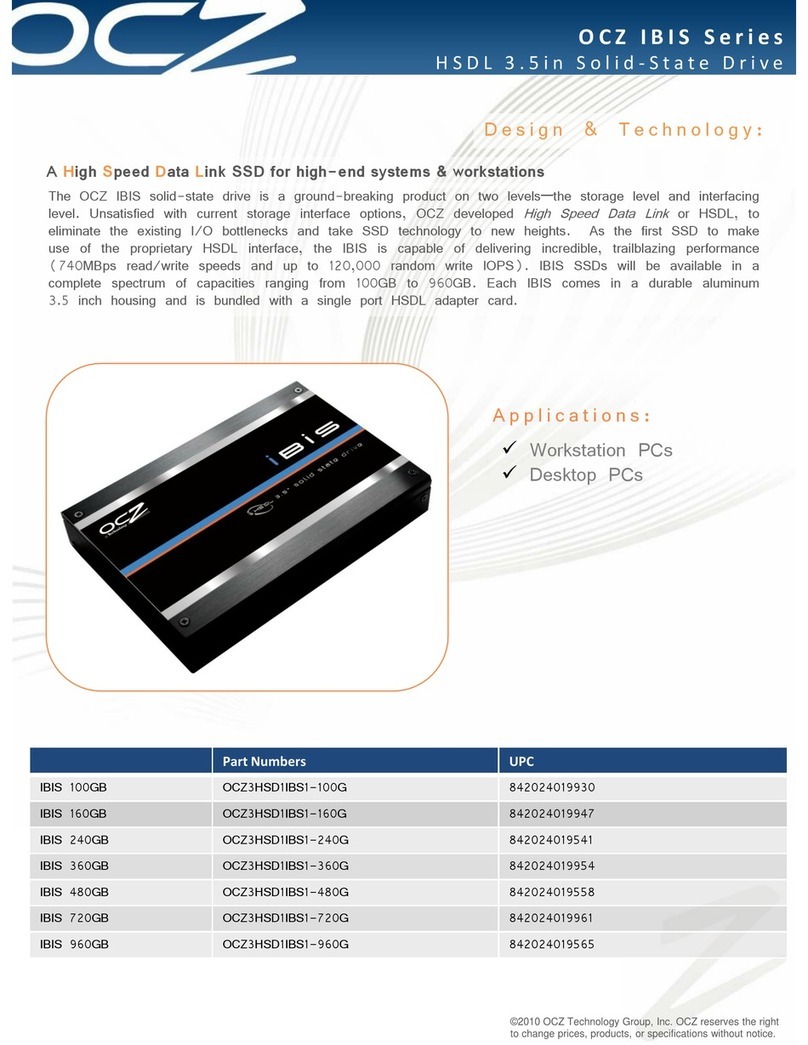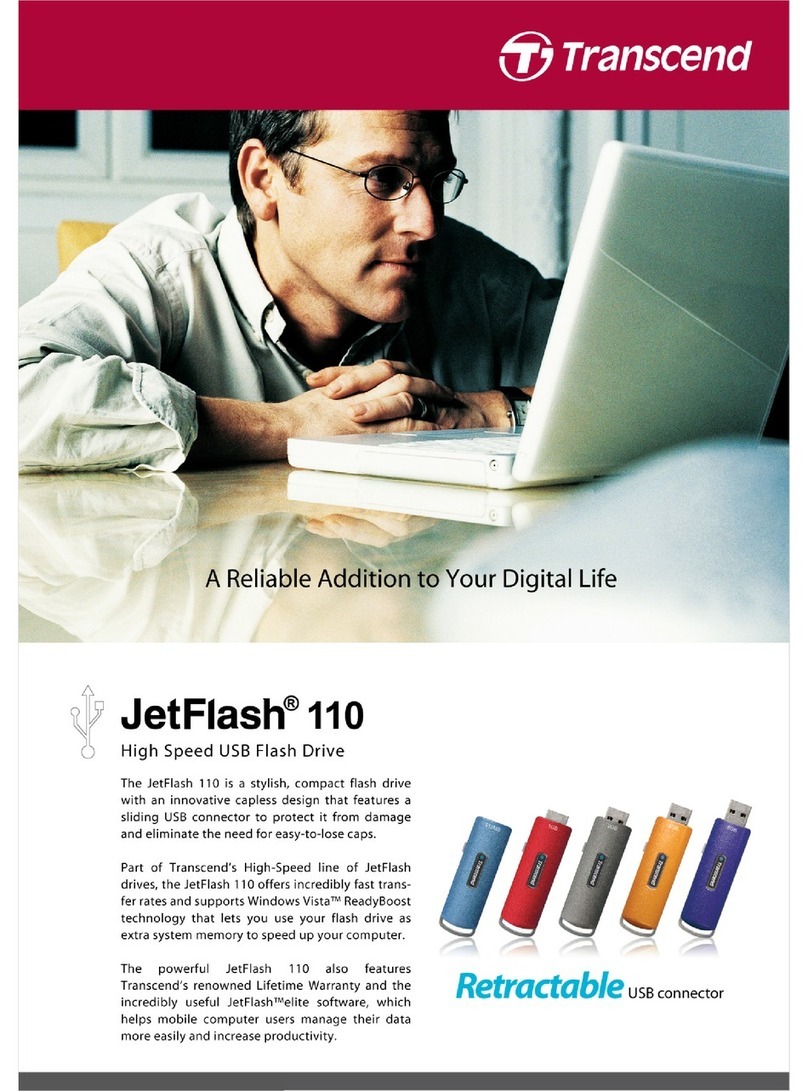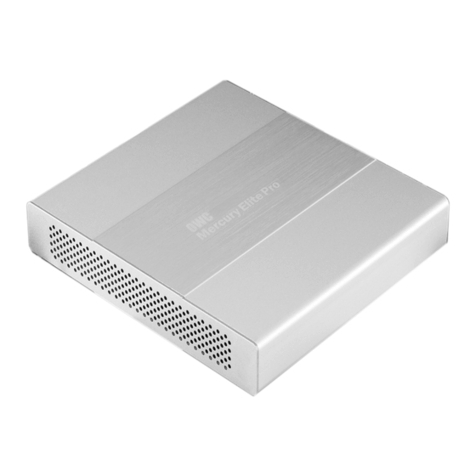
Table of Contents 3
Table of Contents
About AIT Drives ............................................................................... 5
Features....................................................................................................5
Usable Cartridges ....................................................................................5
System Components ................................................................................5
Part Name and Functions................................................................. 6
Front panel...............................................................................................6
Rear Panel................................................................................................8
Part 2
Preparation
Supplied Items................................................................................... 9
Interconnections ............................................................................. 10
SCSI ID Setting ................................................................................ 11
Part 3
Operation
How to use the AIT Drive .....................................................................12
Cartridge Removal.................................................................................13
Part 4
Care and
Maintenance
Taking Care of the Drive................................................................. 14
Safety Considerations ............................................................................14
Avoiding Damage..................................................................................14
Other precautions...................................................................................15
Taking Care of Cartridges .............................................................. 16
Use Precautions .....................................................................................16
Storage Precautions ...............................................................................16
Head Cleaning ................................................................................. 17
How to Clean .........................................................................................17
Part1
Introduction
English
Specifications.................................................................................. 18
Appendix
Declaration of Conformity
Trade Name: SONY
Model No.: SDX-S310C
Responsible Party: Sony Electronics Inc.
Address: 1 Sony Drive, Park Ridge, NJ. 07656 USA
Telephone No.: 201-930-6970
This device complies with Part 15 of the FCC Rules. Operation is subject to the following two conditions:
(1) This device may not cause harmful interference, and
(2) This device must accept any interference received, including interference that may cause undesired operation.


